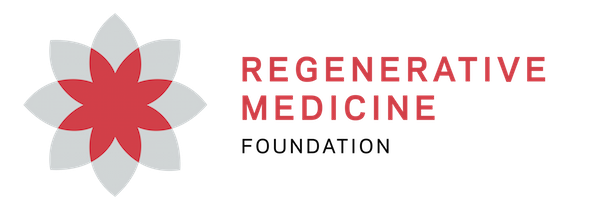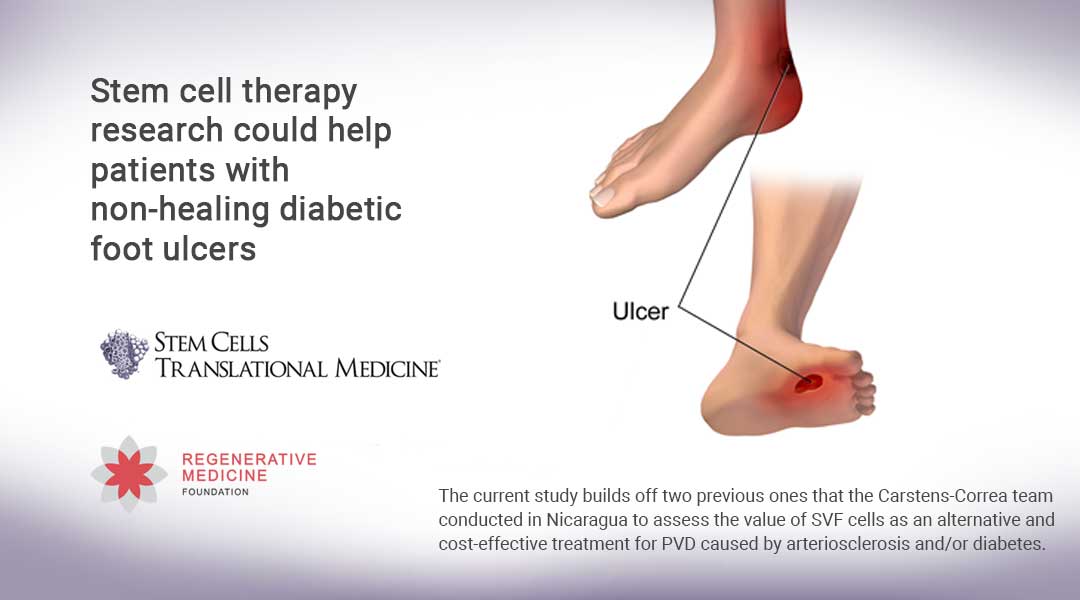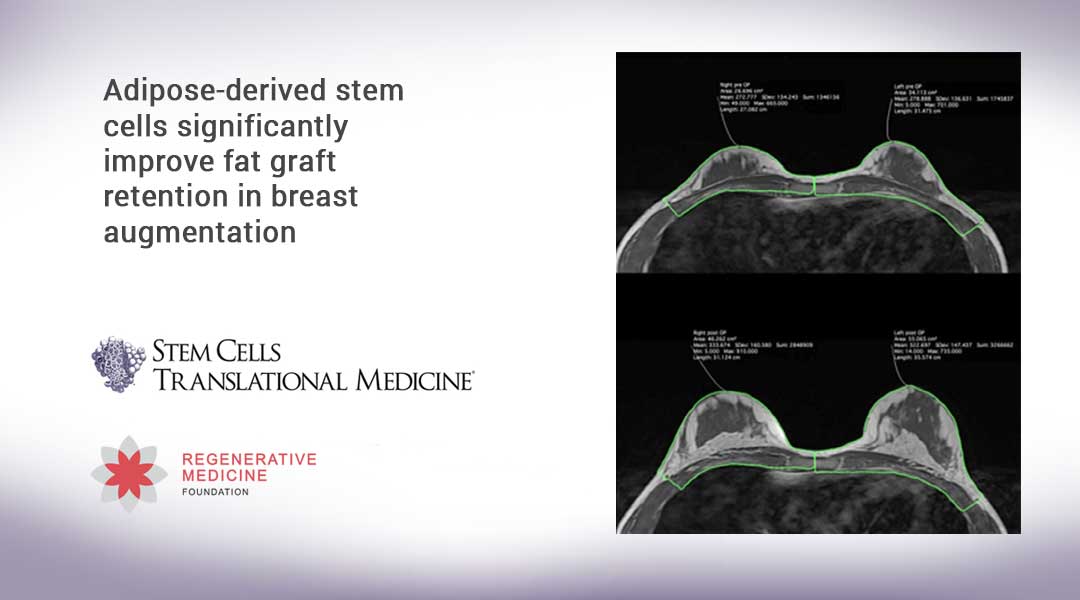Durham, NC – According to the results of a phase 1 clinical trial just published in STEM CELLS Translational Medicine, a new stem cell therapy shows promise of making diabetes-related amputations a thing of the past. The trial involved injecting diabetes patients suffering from non-healing diabetic foot ulcers (DFU) with a cell preparation containing adult stem cells harvested from their own fat. The results showed that the treatment induced regeneration of the blood vessels surrounding the DFUs, accelerated healing – all with no serious side effects.
“Non-healing diabetic foot ulcers usually have no effective form of treatment,” said Anthony Atala, M.D., Editor-in-Chief of STEM CELLS Translational Medicine and Director of the Wake Forest Institute for Regenerative Medicine. “This work should be reviewed as it demonstrates the possibility of a novel cell injection therapy that can alleviate pain and infection, accelerate wound healing, and possibly avoid amputation.”
Worldwide, every 30 seconds a leg is amputated, with 85 percent caused by complications from DFU, according to estimates by the American Diabetes Association. “Peripheral vascular disease (PVD) is an aggravating condition for DFU and either alone or in combination with diabetes often culminates in recurrent, non-healing ulcers and amputations. As surgery is not always feasible for these patients, an urgent need exists for alternative therapies capable of improving blood supply to the affected foot,” said Michael Carstens, M.D., of Wake Forest University’s Institute of Regenerative Medicine. He and Diego Correa, M.D., Ph.D., of the University of Miami, were leaders of the study that also included researchers at the Universidad Nacional de Nicaragua-León.
Cell-based therapies have gained attention as viable options to help restore damaged vessels while inducing the formation of new ones. Of particular interest is adipose tissue-derived stromal vascular fraction (SVF), which constitutes a collection of various cell types including adult stem cells harvested from fat tissue. The heterogeneous SVF contains endothelial progenitor cells (EPCs) and high concentrations of mesenchymal stem cells (MSCs), among other cell types. EPCs are rare cells that circulate in the blood and are present in the fat, and that give rise to the cells that make up the inner lining of blood vessels, while MSCs seat in the perivascular space surrounding blood vessels and can differentiate into a variety of cells types, depending on the conditions of the culture they are grown in. Given their intrinsic relationship with blood vessels, they cooperatively can form stable blood vessels.
“Logistical advantages complement this key multi-phenotypic display, as SVF cells can be obtained from a same-day processing of readily accessed and harvested adipose tissue, without the need of a GMP processing facility to manufacture an MSC-based product,” Dr. Carstens said.
The current study builds off two previous one that the Carstens-Correa team conducted in Nicaragua to assess the value of SVF cells as an alternative and cost-effective treatment for PVD caused by arteriosclerosis and/or diabetes.
“It’s difficult to treat vascular disease and chronic ulcers due to PVD and/or diabetes in resource-poor countries such as Nicaragua,” Dr. Carstens said. “Patients frequently have to travel long distances under poor road conditions to obtain medical care. Revascularization procedures are not economically possible for most of the population, and advanced stem cell procedures that require cell processing facilities represent significant logistical and economic challenges. Under such conditions, non-healing ischemic wounds present patients and physicians with unpalatable choices: chronic pain and risk of infection or amputation.”
Given these factors, the Ministry of Health of Nicaragua authorized their pilot study in 2014. The results from the initial 18-month follow-up period demonstrated safety of the intervention and complete wound healing by nine months. By the final six-year follow-up, five of the initial 10 subjects still demonstrated persistence of clinical benefits. (Five had passed away due to cardiac and non-study-related causes.) In the current study, the team wanted to determine the safety and efficacy of local injections of SVF cells to treat non-healing DFUs greater than 3 cm in diameter, once again working with patients in Nicaragua.
Sixty-three people ranging in age from 35 to 70 years with Type 2 diabetes and chronic DFU – all of whom were amputation candidates – were treated with SVF cells injected into the ulcer bed, around the periphery and along the course of pedal arteries (dorsalis pedis and tibialis posterior).
“SVF cells were locally administered along the vascular trajectories distally feeding the foot in an effort to concentrate the cell product around the diseased arteries, instead of the intra-muscular route used in our previous PVD study,” Dr. Correa explained. “The dose of stem cells was also reduced to the lowest level tested in the earlier study in which the SVF dose ranged from 30×106 to 158×106 SVF cells. Based upon the observed clinical responses, even for the lowest dose, and taking into consideration the smaller injecting area, this time we used a fixed cell dose of 30×106 SVF cells.”
Patients were seen at six- and 12-month intervals to evaluate ulcer closure. Doppler ultrasounds also were performed in a subset of patients to determine vascular structural parameters. In this group 32 of 33 pedal arteries showed increases in flow consistent with enhanced run-off due to distal neovascularization in the foot; 33/33 arteries demonstrated significant changes in arterial wall elasticity. At six months, 51 patients had 100 percent DFU closure and eight had greater than 75 percent. Three had early amputations and one patient died.
At 12 months, 50 patients had 100 percent DFU healing, while four had greater than 85 percent healing. “The healing process was observed to take place in two different directions: from the periphery, as expected, but also by upward proliferation from the ulcer bed,” Dr. Carstens said. “In several cases, newly developed tissue was capable of covering previously exposed tendons. Furthermore, even among ulcers greater than 10 cm2 virtually all patients achieved 85 percent closure or better by six months. No correlation between ulcer size and closure was observed.”
This led the researchers to conclude, “By using SVF injection, surgeons can prevent limb loss, an outcome with devastating socio-economic consequences for both the patient and society. The SVF protocol presented is easy to execute, can be carried out quickly and safely as an ambulatory procedure and can be done under the demanding conditions that are often experienced in the developing world.”
###
The full article, “Treatment of chronic diabetic foot ulcers with adipose-derived stromal vascular fraction (SVF) cell injections: safety and evidence of efficacy at one year,” can be accessed at https://stemcellsjournals.onlinelibrary.wiley.com/doi/abs/10.1002/sctm.20-0497.
About STEM CELLS Translational Medicine: STEM CELLS Translational Medicine (SCTM), co-published by AlphaMed Press and Wiley, is a monthly peer-reviewed publication dedicated to significantly advancing the clinical utilization of stem cell molecular and cellular biology. By bridging stem cell research and clinical trials, SCTM will help move applications of these critical investigations closer to accepted best practices. SCTM is the official journal partner of Regenerative Medicine Foundation.
About AlphaMed Press: Established in 1983, AlphaMed Press with offices in Durham, NC, San Francisco, CA, and Belfast, Northern Ireland, publishes two other internationally renowned peer-reviewed journals: STEM CELLS® (http://www.StemCells.com), celebrating its 39th year, is the world’s first journal devoted to this fast paced field of research. The Oncologist® (http://www.TheOncologist.com), also a monthly peer-reviewed publication, entering its 26th year, is devoted to community and hospital-based oncologists and physicians entrusted with cancer patient care. All three journals are premier periodicals with globally recognized editorial boards dedicated to advancing knowledge and education in their focused disciplines.
About Wiley: Wiley, a global company, helps people and organizations develop the skills and knowledge they need to succeed. Our online scientific, technical, medical and scholarly journals, combined with our digital learning, assessment and certification solutions, help universities, learned societies, businesses, governments and individuals increase the academic and professional impact of their work. For more than 200 years, we have delivered consistent performance to our stakeholders. The company’s website can be accessed at http://www.wiley.com.
About Regenerative Medicine Foundation (RMF): The non-profit Regenerative Medicine Foundation fosters strategic collaborations to accelerate the development of regenerative medicine to improve health and deliver cures. RMF pursues its mission by producing its flagship World Stem Cell Summit, honouring leaders through the Stem Cell and Regenerative Medicine Action Awards, and promoting educational initiatives.




